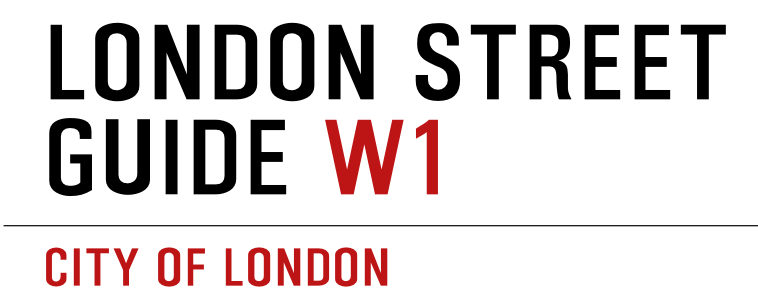Place Name
Thomas Cecil, 1st Earl of Exeter and 2nd Baron Burghley (May 5, 1542 – February 8, 1623) already had connections with Wimbledon before he bought the manor (originally part of the extensive Mortlake manor) in 1576. He had lived at the The Old Rectory as a child, as his father, Sir William Cecil, the 1st Baron Burghley, had tenure of the house as a grace-and-favour residence by the Crown. Sir William being chief counsel to Elizabeth I throughout much her reign. Although Sir Thomas still owned The Old Rectory, as it came as part of the manor, he decided to build a grand new Wimbledon manor house which was to be known as Wimbledon Palace. This was built next door to The Old Rectory and completed in 1588. It was a leading example of the Elizabethan prodigy house. Father and son did not get on, William Cecil declared the young Thomas to be like, “a spendyng sott, mete to kepe a tenniss court” (a spendthrift soak, suited merely to govern a tennis court). Although never matching his father’s glittering career he went on to achieve much as a politician and soldier in his own right. He did much to smooth the transition of the Crown when James VI and I became King of England at the Union of the Crowns. Sir Thomas’ son, Edward, buried at the nearby St Mary’s Church, was made 1st Viscount Wimbledon on the basis of this seat. The Cecils were given the title Baron Burghley because they developed and owned, as their main seat, Burghley House, at Stamford in Lincolnshire. The house, in turn, was named after the medieval settlement of Burghley, mentioned in the Domesday book, but abandoned by 1450. Failure to locate its site leads to the supposition that the settlement perhaps lies below the house itself. This road was laid out in 1901 shortly after the sale of the Wimbledon House estate.
![]()
